- [email protected]
- +86 312 590 7069 / +86 318 769 1559
+86 155 1129 3350
◆ Architectural Wire Mesh
Architectural Wire Mesh, also known as Architectural Metal Mesh, or Architectural Mesh, is a very distinctive product family of Wire Mesh. Because architectural wire mesh is often used for interior and exterior architectural decoration and protection, it is often referred to as Decorative Wire Mesh in the industry. The main materials of architectural wire mesh are metal wires and plates. There are many types and styles of architectural wire mesh depending on the material, weaving process, mesh shape, opening ratio and color. Architectural metal mesh is a high-end building decoration material loved by designers and users.
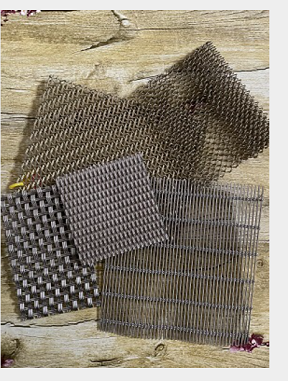
● Features Of Architectural Wire Mesh:
1. Durability: Architectural wire mesh is made from high-quality metals like stainless steel, aluminum, or bronze, making it extremely durable and resistant to corrosion, rust, and weathering.
2. Aesthetics: Architectural woven mesh can add a decorative touch to any building or structure. It comes in a range of patterns, colors, and finishes that can enhance the appearance of a building and create a unique look.
3. Transparency: Architectural wire mesh panels allow light to pass through, making it an ideal material for creating partitions, dividers, and screens.
4. Adjust room temperature: During the summer, the mesh filters sunlight, creating shade, which reduces indoor temperatures and saves energy used for cooling. In the winter, the mesh shields against wind and snow, thus providing protection to the building and some insulation .
5. Ventilation: Wire mesh can improve air circulation and ventilation in a building, which is important for indoor air quality and comfort. Moreover, architectural woven wire mesh can be installed separately from glass, creating a ventilation effect by selecting an appropriate distance.
6. Privacy protection and comfortable visual experience:From an external viewpoint, architectural mesh can shield the observers' line of sight, effectively preserving the privacy of indoor occupants and equipment. From an indoor perspective, it offers a great view and a delightful landscape experience .
7. Safety: Architectural wire mesh can provide an added layer of safety by serving as a barrier to prevent falls or debris from entering an area.
8. Build 3D effects: By employing different types, materials, and colors of metal mesh and using prefabricated components, dynamic three-dimensional geometric shapes such as cubes, cylinders, and curved surfaces can be created to enhance interior lighting, temperature, and comfort .
9. Multi-element integration: Metal mesh surfaces can be seamlessly integrated with lighting and electronic devices. Adding lighting, animations, and video content to the facades with metal mesh. Using architectural wire mesh panels in conjunction with extensive surface areas and LED technology, it's possible to create media communication platforms within the building.
10.Dynamic form and function: Metal architectural wire mesh allows for dynamic and adaptable forms and functions. The use of various styles of metal mesh – fixed, sliding, or detachable – allows it to better adapt to user needs and changing weather conditions.
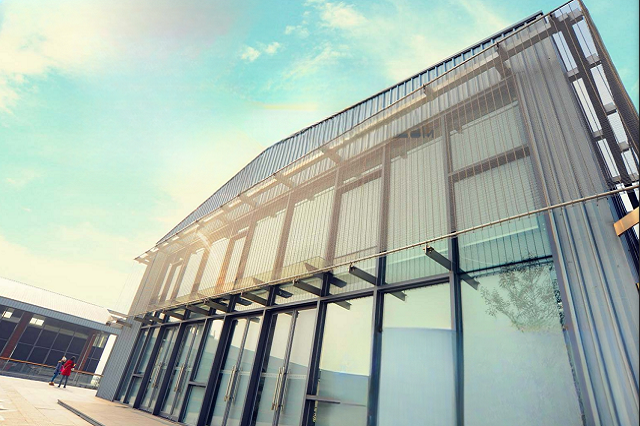
● Applications Of Architectural Wire Mesh:
1. Facades: Architectural wire mesh can be used to create an attractive and durable exterior for a building. It can be used as a cladding material, or as a decorative element for balconies, terraces, or walls.
2. Partitions: Architectural woven wire mesh partitions are an effective way to create privacy or divide a space. They offer a contemporary look and can be designed to meet specific requirements.
3. Railings: Architectural steel mesh can be used as a decorative material for railings and balustrades, providing a stylish and secure barrier.
4. Screens: Wire mesh screens can be used for a variety of purposes, including sun shading, wind protection, and privacy.
5. Green walls: Architectural wire mesh can be used as a support structure for plants in green wall installations, helping to create an attractive and environmentally friendly building facade.
BZWIREMESH mainly provides three types of architectural metal mesh with different structural characteristics, which are woven wire mesh series, metal plate mesh series and flexible wire mesh series. You can check the following link for our product details.
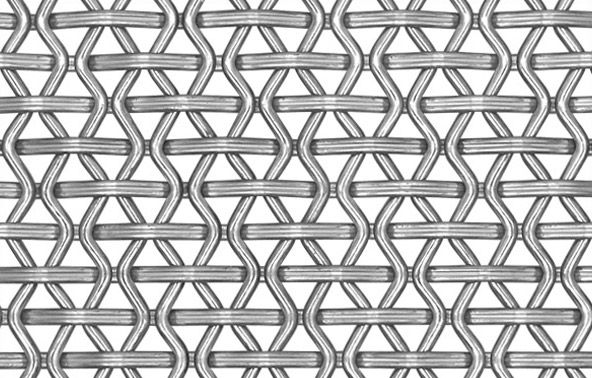 Architectural Woven Wire Mesh
Architectural Woven Wire Mesh
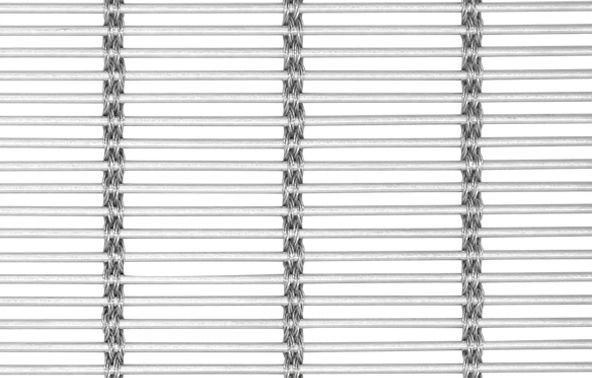 Cable-Rod Woven Mesh
Cable-Rod Woven Mesh
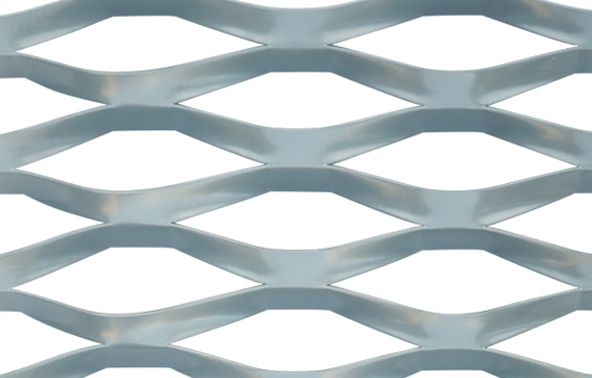 Decorative Expanded Metal Mesh
Decorative Expanded Metal Mesh
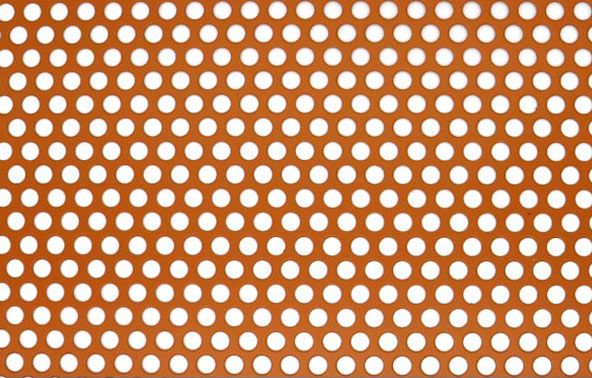 Decorative Perforated Metal
Decorative Perforated Metal
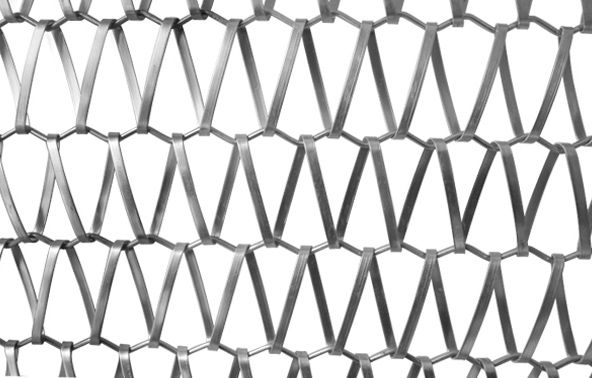 Spiral Wire Mesh Belt
Spiral Wire Mesh Belt
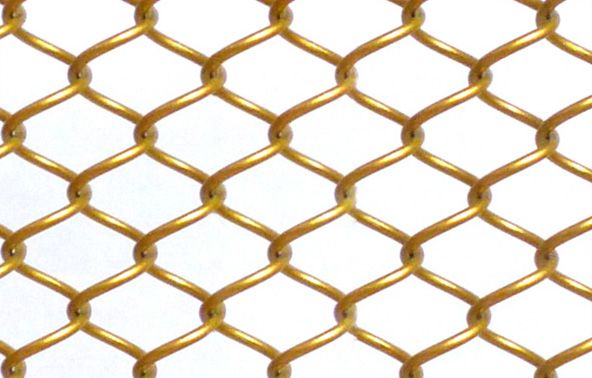 Metal Mesh Curtain
Metal Mesh Curtain
● Common Installation Options For Architectural Wire Mesh
Architectural wire mesh has various structure and types, the installation option is also highly connected with the mesh types. The commonly used installation options for woven wire mesh including frame installation, eye-bolt tense installation. And the commonly used installation options for expanded mesh and welded wire mesh are frame installation, pressed installation and welding installation. BZWIREMESH can offer the installation suggestions and accessories according to different needs.
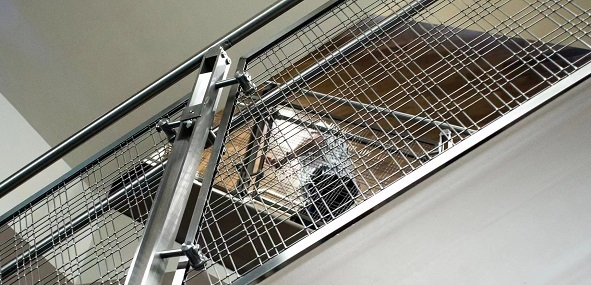 | Most of the architectural woven wire mesh can not be curved. It need to add border or frames before installation, and attache ear plates or steel angle on the four sides, then fix the frame to the wall or brackets by bolts.
|
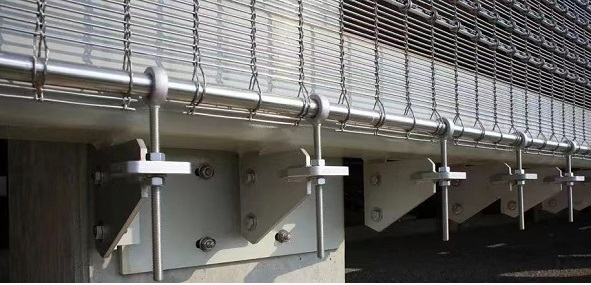 | Cable-Rod wove mesh need to add support tube and hanger eye-bolt before installation, and then tense the the mesh by high strength tensile spring or bolts, then fix the mesh to bracket downwards.
|
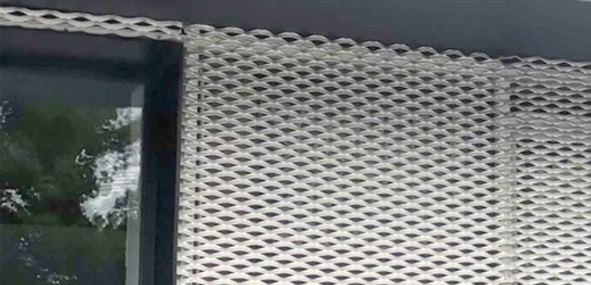 | Depending on the architectural and environmental requirements, architectural expanded metal mesh can be installed in a variety of ways, including framed, clad, welded and spliced.
|
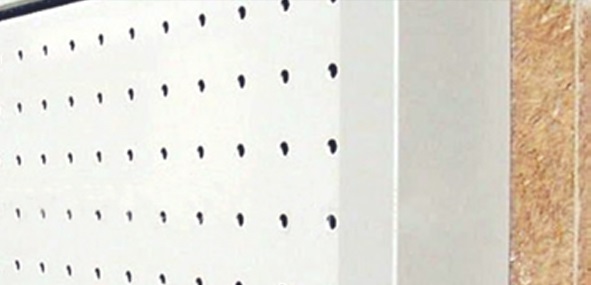 | The three most common ways of mounting perforated plates are: through the mounting holes directly with screws; through bending, stuck on the wall or equipment to be mounted; and through the welding process, directly welded perforated mesh plate on the bracket.
|
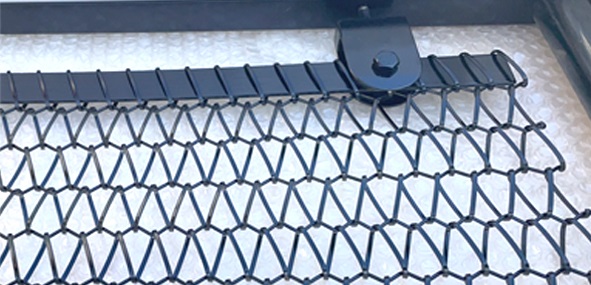 | When installing spiral wire mesh, you can open holes in the upper and lower two steel pipes with the same pitch, put the spiral mesh into the holes and insert a steel rod to complete the connection, and then tighten the upper and lower to fix it.
|
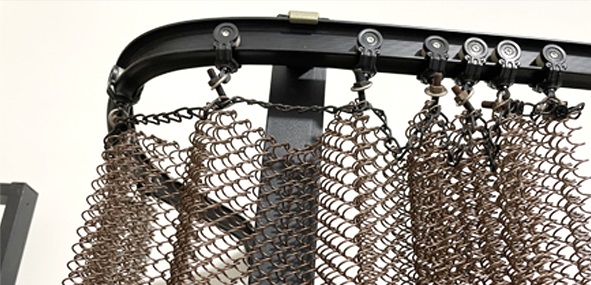 | Installation of metal mesh curtains, first of all, according to the size of the space reserved, in the upper end of the curtain in turn on the metal chain and pulley, pulley spacing 15 ~ 20cm is appropriate, the track is fixed to the ceiling, in order to wear into the pulley can be. |